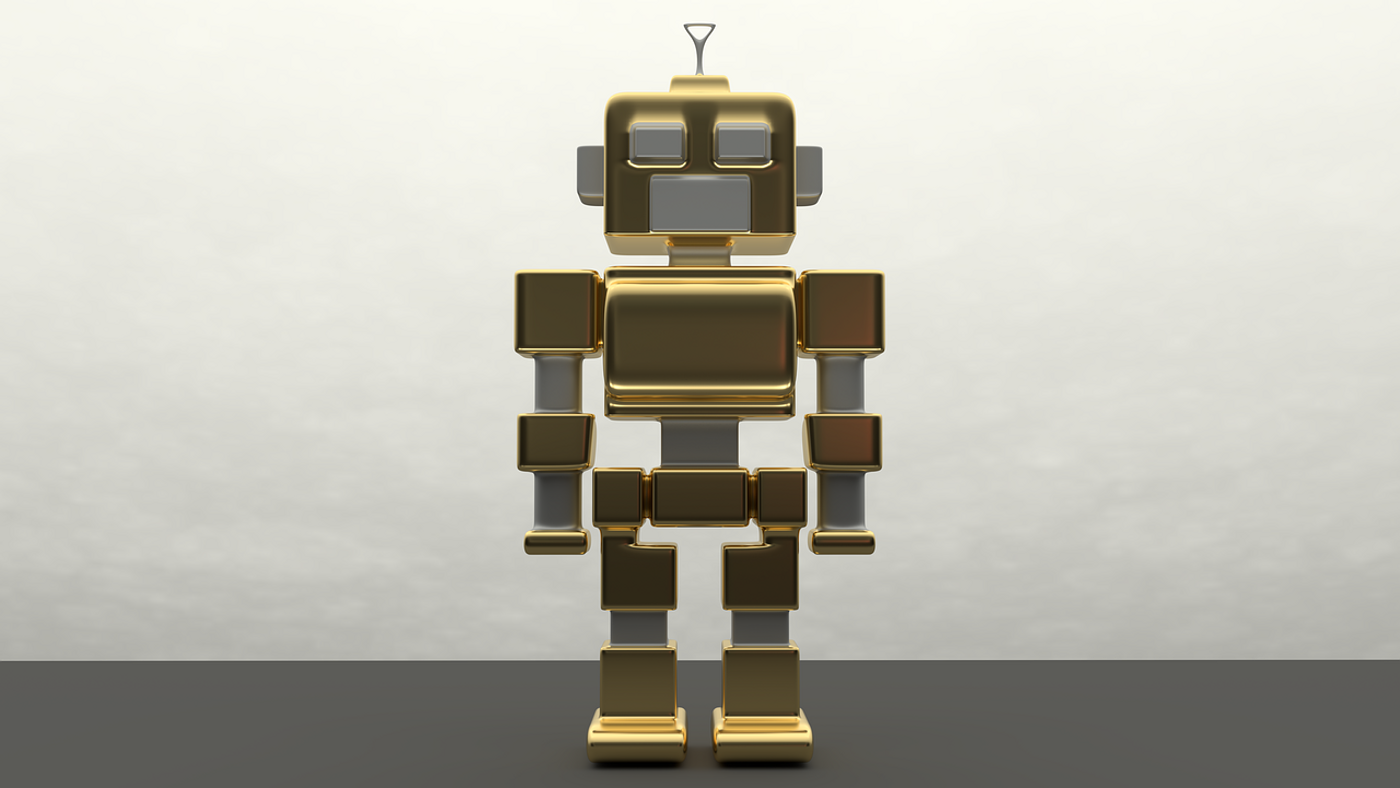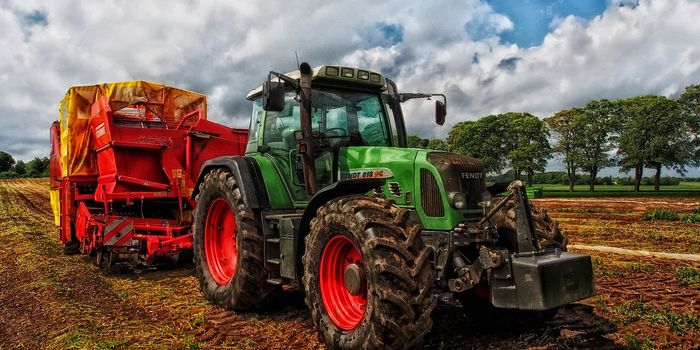Scientists Develop Software Model Increasing Intelligence of "Transport" Robots
In a recent study published in the International Journal of Production Economics, a pair of researchers at the University of Missouri have developed new software that is designed to increase the intelligence of “transport” robots, essentially making them smarter. This study holds the potential to improve processing online orders with the goal of allowing humans and robots to work side-by-side throughout the online ordering process.
"The robotic technology already exists," said Dr. Sharan Srinivas, who is an assistant professor with a joint appointment in the Department of Industrial and Manufacturing Systems Engineering and the Department of Marketing at the University of Missouri, and lead author on the study. "Our goal is to best utilize this technology through efficient planning. To do this, we're asking questions like 'given a list of items to pick, how do you optimize the route plan for the human pickers and robots?' or 'how many items should a robot pick in a given tour? or 'in what order should the items be collected for a given robot tour?' Likewise, we have a similar set of questions for the human worker. The most challenging part is optimizing the collaboration plan between the human pickers and robots."
At the moment, online orders eat up a huge chuck of both labor costs and human effort, but autonomous mobile robots—also known as AMRs—that robotic companies have built currently work in warehouses and assist their human counterparts. However, while the AMRs have cameras and sensors meant to help them navigate, they lack the necessary software to select the appropriate orders for processing. This study proposes a model meant to speed up customer orders by allowing the robots to pick orders themselves, Dr. Srinivas said.
"The one drawback is these robots do not have good grasping abilities," said Dr. Srinivas. "But humans are good at grasping items, so we are trying to leverage the strength of both resources -- the human workers and the collaborative robots. So, what happens in this case is the humans are at different points in the warehouse, and instead of one worker going through the entire isle to pick up multiple items along the way, the robot will come to the human worker, and the human worker will take an item and put it on the robot. Therefore, the human worker will not have to strain himself or herself in order to move large carts of heavy items throughout the warehouse."
Sources: International Journal of Production Economics
As always, keep doing science & keep looking up!









